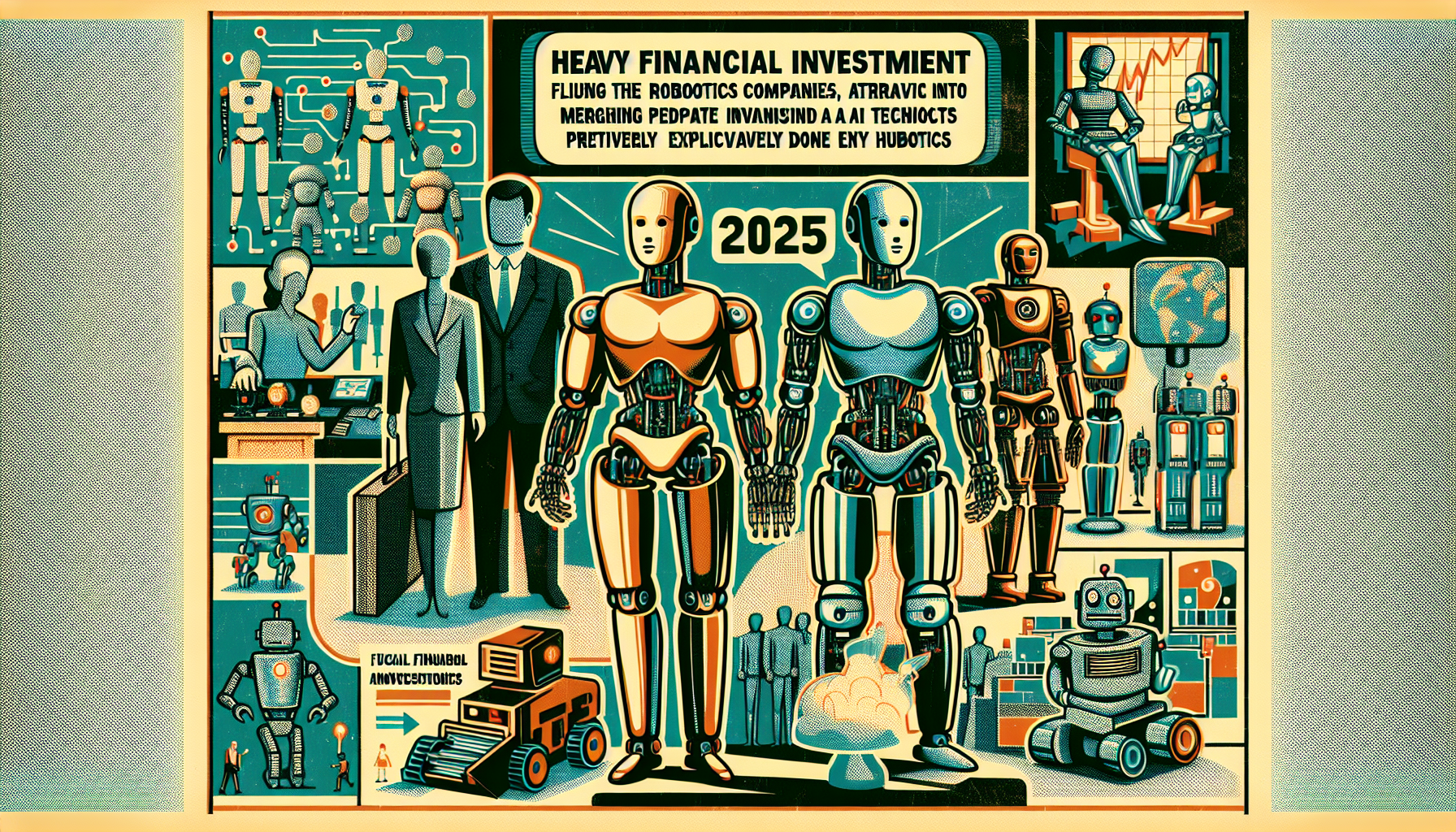The world of robotics is entering a new chapter. In 2025, startups building humanoid robots—machines that look and move like people—are drawing huge attention from investors. Over $200 million in new funding has flowed into these stealthy companies, signaling a deep belief in merging advanced AI technology with complex robotics. This is part of a bigger trend: robotics startups across the board are receiving significant backing, especially those creating robots that can tackle tasks once done only by people.
Record Investment in Robotics
Venture capital investment in robotics has exploded this year, with over $6 billion already invested nationwide. This figure is set to soar past last year’s total. Humanoid robot startups are at the heart of this momentum. Investors see promise in robots that aren’t just smart, but also built to function in a world designed by and for humans.
Leading Humanoid Startups Making Waves
Several key players are pushing the field forward:
- Apptronik has raised $403 million to develop its Apollo humanoid robot. The company focuses on industries like automotive, manufacturing, and logistics, designing their robot to use standard human tools and navigate spaces built for people.
- Galaxy Bot in Beijing has collected $154 million to create household helpers, retail stockers, delivery assistants, and manufacturing sorters—robots meant to take on common, everyday chores.
- The Bot Co. of San Francisco has brought in $150 million with the vision of smart robots for household use, guided by leadership such as former Cruise CEO Kyle Vogt.
- Fourier from Shanghai has secured $109 million to improve its GR-2 humanoid robot. This model emphasizes flexibility, balance, and advanced sensors, targeting uses in rehabilitation and direct human-robot interaction.
- UBTECH Robotics has notched a massive $1 billion credit line to build up its production, planning a major “superfactory” and new regional hubs. Their ambition highlights just how large and impactful this sector might become.
A Thriving Robotics Ecosystem
Beyond humanoids, the broader robotics industry is full of energy. Startups are building surgical robots that help in the operating room, new systems that automate factories, and AI-driven manufacturing lines. The blend of cutting-edge AI with better, more affordable hardware is helping robots perform more tasks, faster and for less money. This shift is making deployment on a larger scale truly possible.
What’s Driving This Momentum?
- AI breakthroughs have made robots smarter, allowing them to see, move, and plan with greater accuracy. In industry, robots can now coordinate with each other to complete complicated processes seamlessly.
- There’s growing demand for robots that can work alongside humans, providing support in settings like warehouses, schools, hospitals, and even homes. These machines promise to make workplaces safer, speed up logistics, and create new educational and social opportunities.
- Investor confidence is rising as the cost of key components drops and AI technology continues to advance. This makes practical, profitable, and scalable robotics solutions more feasible than ever before.
The Next Phase for Robotics
The surge in funding for stealth humanoid robotics companies is more than a headline—it marks a transformation in the robotics industry. We’re witnessing the birth of a new era where robots, powered by sophisticated AI and built to live and work alongside us, become an everyday reality. As capital keeps flowing, technology progresses, and new applications emerge, the future is bright for both humanoid and general-purpose robotics. This is just the beginning of what robotics in 2025—and beyond—may achieve.

Leave a Reply